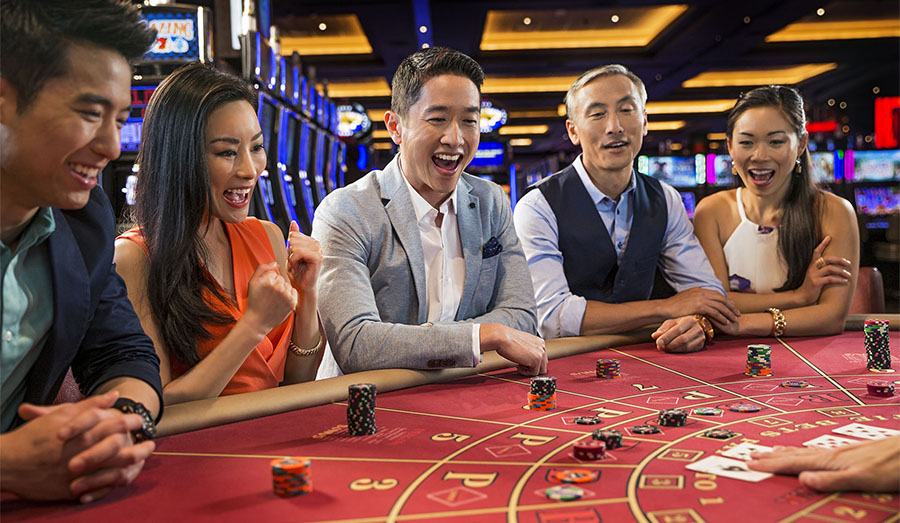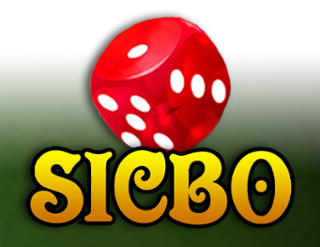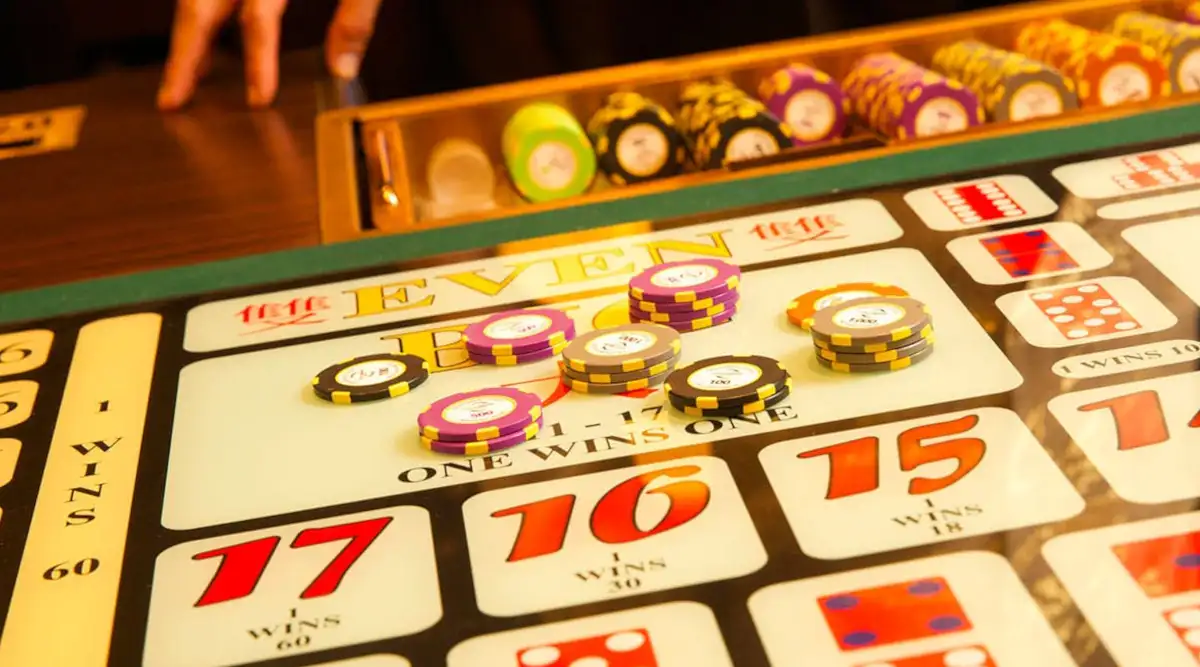Table of Contents
- Plinko Ball Mechanics Winning Strategies and Expert Tips
- Understanding the Mechanics of the Game
- Understanding the Science Behind the Game’s Mechanics
- Mastering the Game: Essential Approaches
- Mastering the Art of Precision and Probability
- Pro Tips for Plinko Ball Success
- Understand the Mechanics
- Control Your Placements
Plinko Ball Mechanics Winning Strategies and Expert Tips
Engaging with a popular chance-based activity can be both thrilling and rewarding. This particular game, often found in various entertainment settings, combines elements plinko gambling of luck and decision-making, offering participants an exciting experience. By understanding its mechanics, players can enhance their enjoyment and potentially improve their outcomes.
At its core, the game involves a simple yet captivating process. A small object is released from the top, navigating through a series of obstacles before reaching the bottom. The path it takes is influenced by both random factors and the choices made by the player. This blend of unpredictability and strategy makes it a favorite among enthusiasts.
To maximize success, it’s essential to grasp the underlying principles. Observing patterns, making informed decisions, and practicing patience can significantly impact the results. Whether you’re a novice or a seasoned participant, refining your approach can lead to more satisfying experiences and better outcomes.
Understanding the Mechanics of the Game
The core of this engaging activity revolves around the interaction between a small object and a series of obstacles. As the item descends, it navigates through a grid of pegs, creating a dynamic and unpredictable path. The outcome depends on the interplay of physics, chance, and the initial conditions set by the player. This combination of randomness and strategy makes the experience both thrilling and thought-provoking.
At its foundation, the process relies on gravity and momentum. When the object is released, it begins its journey downward, colliding with various barriers. Each impact alters its trajectory, leading to a unique result every time. The arrangement of the pegs and the force applied at the start play crucial roles in determining the final destination.
Understanding the underlying principles can enhance the player’s approach. By observing patterns and analyzing the effects of different starting points, one can gain insights into potential outcomes. While chance remains a significant factor, a deeper comprehension of the mechanics allows for more informed decisions, adding a layer of strategy to the experience.
Understanding the Science Behind the Game’s Mechanics
Delving into the principles that govern the movement and interaction of objects within this game reveals a fascinating blend of physics and probability. The design relies on fundamental laws of motion, energy transfer, and chance, creating an engaging experience that balances predictability and randomness.
- Gravity and Momentum: The downward motion of the object is primarily influenced by gravitational force, while its horizontal movement depends on collisions and momentum transfer.
- Collision Dynamics: Each interaction with obstacles alters the object’s trajectory, showcasing principles like energy conservation and elastic collisions.
- Probability and Distribution: The arrangement of obstacles creates a distribution of possible outcomes, making the final position a result of both physics and chance.
By understanding these underlying mechanisms, players can better appreciate the intricate balance between skill and luck embedded in the game’s design.
Mastering the Game: Essential Approaches
Success in this dynamic game of chance and skill relies on understanding its mechanics and applying calculated methods. By focusing on key principles, players can enhance their performance and increase their chances of favorable outcomes. This section explores proven techniques to elevate your gameplay.
One effective approach is to analyze the board’s structure. Observing patterns and predicting potential paths can provide a strategic edge. Additionally, managing your resources wisely ensures sustained participation and better opportunities for success.
| Pattern Recognition | Identify recurring trends in the board’s layout. | Improves decision-making accuracy. |
| Resource Allocation | Distribute efforts or bets evenly across multiple attempts. | Reduces risk and maximizes potential gains. |
| Adaptive Play | Adjust strategies based on real-time outcomes. | Enhances flexibility and responsiveness. |
Another critical aspect is maintaining a balanced mindset. Staying composed under pressure allows for clearer thinking and more deliberate actions. Combining these methods with consistent practice can significantly improve your overall performance.
Mastering the Art of Precision and Probability
Success in this game of chance relies on a blend of careful planning and understanding the underlying mechanics. By focusing on key principles, you can enhance your outcomes and make more informed decisions during gameplay. The goal is to approach each move with a calculated mindset, balancing risk and reward.
Analyze the Patterns: Observing the flow and behavior of the elements involved can provide valuable insights. Look for recurring trends or sequences that may influence the final result. This awareness allows you to adjust your approach dynamically.
Positioning Matters: Where you place your initial input can significantly impact the trajectory. Experiment with different starting points to identify which areas yield the most favorable results. Small adjustments can lead to substantial differences in the outcome.
Lastly, patience is crucial. Rushing decisions often leads to suboptimal results. Take your time to evaluate each step, and remember that consistency often outweighs impulsive actions. By combining observation, strategy, and timing, you can elevate your performance and achieve better results.
Pro Tips for Plinko Ball Success
Mastering the art of this classic game requires a blend of precision, patience, and a keen understanding of its mechanics. While luck plays a role, strategic decisions can significantly influence the outcome. By focusing on key elements and refining your approach, you can enhance your performance and achieve better results.
Understand the Mechanics
Familiarize yourself with the structure and patterns of the board. Observing the paths and potential outcomes can help you make informed decisions. Pay attention to how slight adjustments in placement can lead to vastly different results. This knowledge allows you to anticipate possible trajectories and adjust your strategy accordingly.
Control Your Placements
Precision is crucial when releasing the disc. Aim for consistency in your drops to minimize variability. Experiment with different starting points to identify patterns that yield favorable outcomes. Over time, you’ll develop a sense of where to position your disc for optimal results.
By combining observation, practice, and adaptability, you can elevate your gameplay and increase your chances of success. Stay focused, analyze your results, and refine your techniques to achieve consistent performance.













































































































